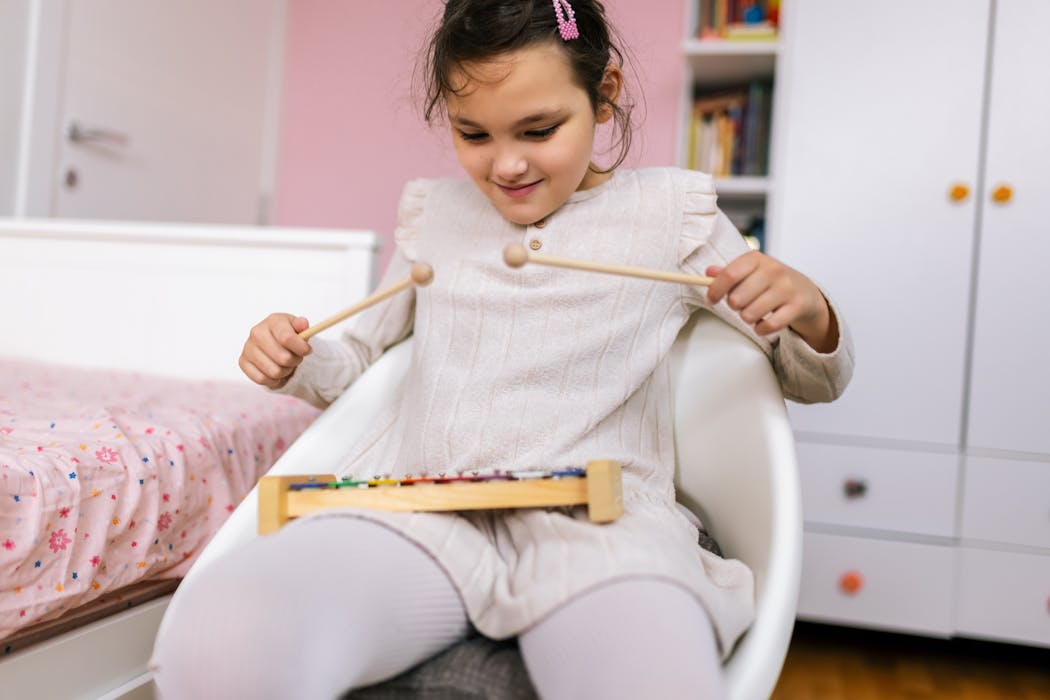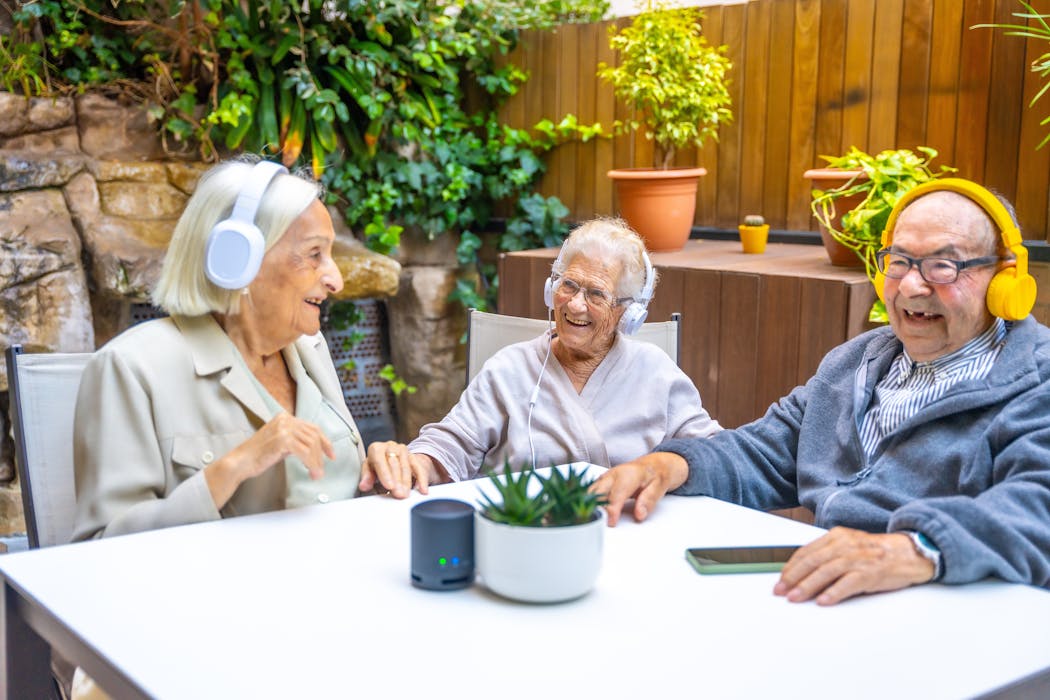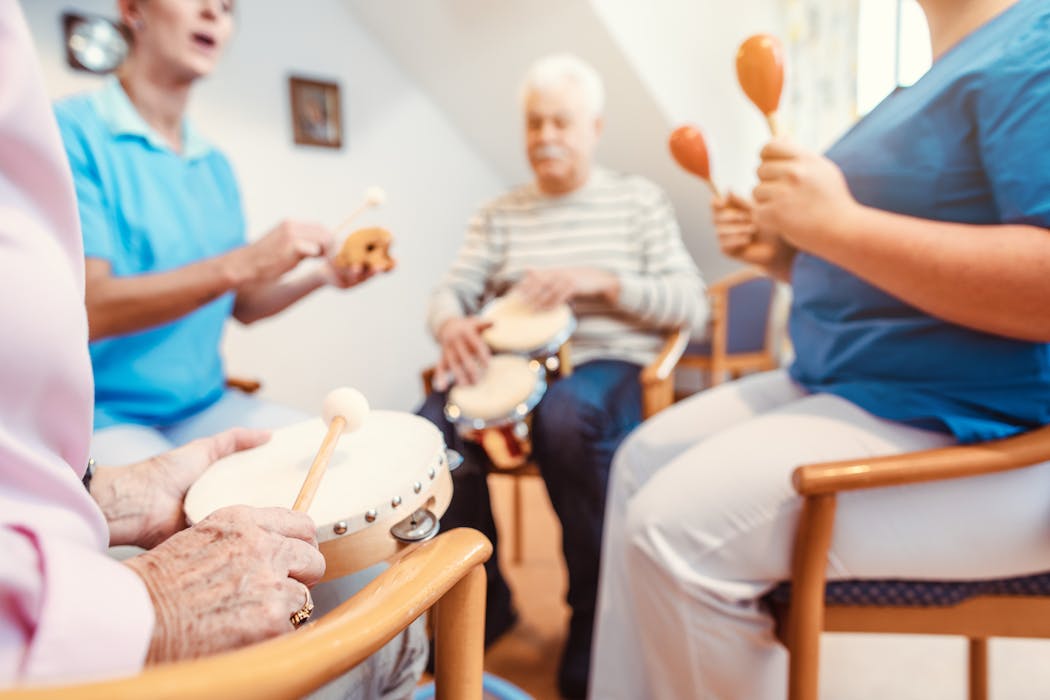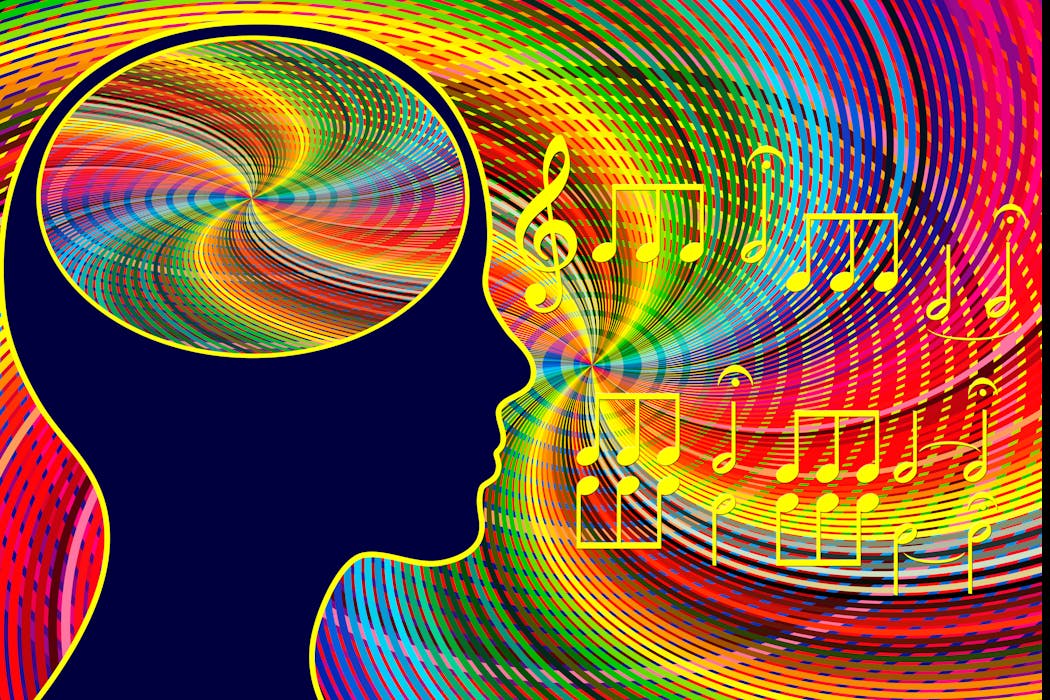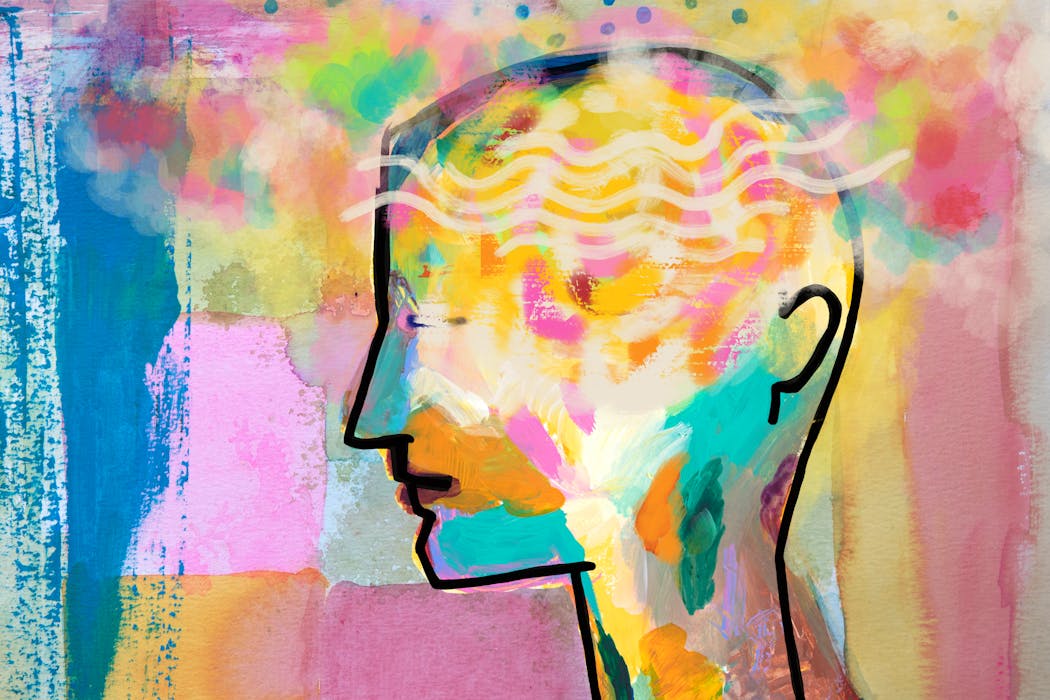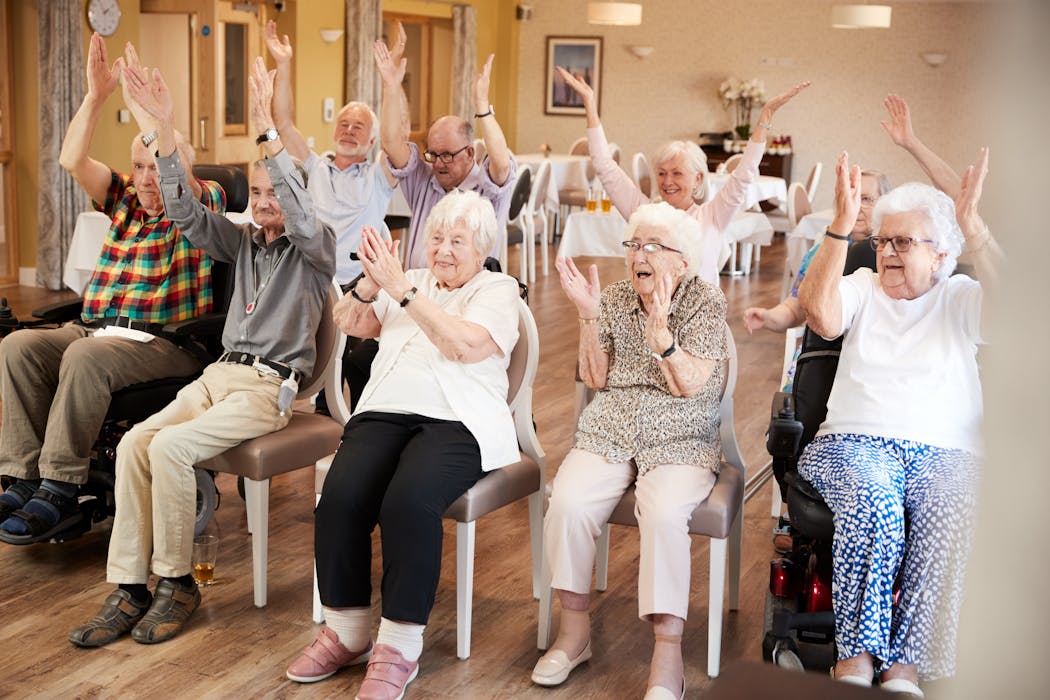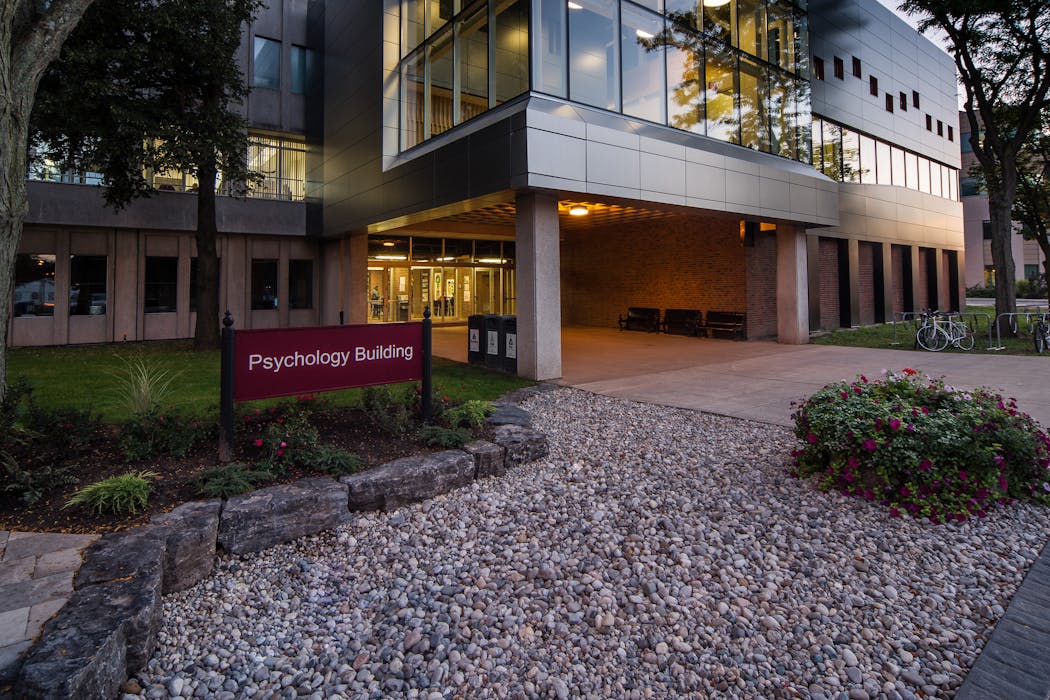Alzheimer’s disease is a progressive neurological disorder that affects a person’s memory, thinking, and behavior. It is the most common cause of dementia, accounting for 60-80% of cases. The disease is characterized by the accumulation of abnormal proteins in the brain, which leads to the death of nerve cells and the loss of brain tissue. As a result, individuals with Alzheimer’s experience a decline in cognitive function, including memory loss, confusion, and difficulty with language and problem-solving. The exact cause of Alzheimer’s disease is not fully understood, but it is believed to be a combination of genetic, environmental, and lifestyle factors.
Alzheimer’s disease is a devastating condition that not only affects the individual diagnosed with the disease but also has a profound impact on their family and caregivers. As the disease progresses, individuals with Alzheimer’s often require increasing levels of care and support to help them with daily activities and to manage their symptoms. There is currently no cure for Alzheimer’s disease, but there are treatments available that can help manage symptoms and improve quality of life for those living with the disease. Additionally, there are non-pharmacological interventions, such as dance therapy, that have been shown to be beneficial for individuals with Alzheimer’s.
The Benefits of Dance Therapy for Alzheimer’s Patients
Dance therapy is a form of expressive therapy that uses movement and dance to promote emotional, social, cognitive, and physical integration. It has been shown to be an effective intervention for individuals with Alzheimer’s disease, as it can help improve mood, reduce anxiety and depression, and enhance overall well-being. Dance therapy can also help individuals with Alzheimer’s to maintain their physical abilities and improve their balance and coordination. Additionally, dance therapy provides a creative outlet for self-expression and can help individuals with Alzheimer’s to connect with others and form meaningful social connections.
One of the key benefits of dance therapy for individuals with Alzheimer’s is its ability to stimulate cognitive function. The combination of music and movement in dance therapy can help individuals with Alzheimer’s to access memories and emotions that may be difficult to express verbally. This can be particularly beneficial for individuals with Alzheimer’s who may have difficulty communicating due to their cognitive decline. Dance therapy can also help individuals with Alzheimer’s to improve their attention and concentration, as well as their ability to plan and execute movements. Overall, dance therapy has the potential to improve the quality of life for individuals with Alzheimer’s by providing them with a creative and enjoyable way to engage with others and express themselves.
The Role of Music and Movement in Dance Therapy
Music and movement are integral components of dance therapy and play a crucial role in its effectiveness for individuals with Alzheimer’s disease. Music has the ability to evoke emotions, memories, and associations in individuals with Alzheimer’s, even in the later stages of the disease when verbal communication may be limited. The rhythmic patterns and melodies in music can help individuals with Alzheimer’s to access memories and emotions that may be difficult to express through other means. Additionally, music can help to reduce anxiety and agitation in individuals with Alzheimer’s, as well as improve their overall mood and well-being.
The physical movement involved in dance therapy also has numerous benefits for individuals with Alzheimer’s. Movement can help to improve balance, coordination, and flexibility, which are important for maintaining physical function and preventing falls in individuals with Alzheimer’s. Additionally, movement can help to stimulate the brain and improve cognitive function in individuals with Alzheimer’s. The combination of music and movement in dance therapy provides a holistic approach to promoting emotional, social, cognitive, and physical integration for individuals with Alzheimer’s.
Case Studies and Success Stories
There have been numerous case studies and success stories that highlight the benefits of dance therapy for individuals with Alzheimer’s disease. One study published in the Journal of the American Geriatrics Society found that dance therapy improved mood and reduced agitation in individuals with Alzheimer’s. The study also found that dance therapy helped to improve physical function and reduce falls in individuals with Alzheimer’s. Another study published in the Journal of Clinical Nursing found that dance therapy improved social interaction and communication in individuals with Alzheimer’s, as well as reducing feelings of isolation and loneliness.
In addition to these studies, there have been many success stories from individuals with Alzheimer’s who have participated in dance therapy programs. For example, one individual with Alzheimer’s reported feeling more connected to others and experiencing a greater sense of joy and well-being after participating in a dance therapy program. Another individual with Alzheimer’s reported feeling more confident and capable after participating in dance therapy, as well as experiencing improvements in their physical function and overall quality of life. These case studies and success stories demonstrate the potential for dance therapy to have a positive impact on individuals with Alzheimer’s.
Overcoming Barriers to Participation
While dance therapy has numerous benefits for individuals with Alzheimer’s, there are also barriers that may prevent some individuals from participating in these programs. One common barrier is the stigma surrounding dementia and the misconception that individuals with Alzheimer’s are unable to participate in activities such as dance therapy. This stigma can lead to feelings of shame or embarrassment for individuals with Alzheimer’s, as well as reluctance from caregivers to encourage their loved ones to participate in dance therapy programs.
Another barrier to participation in dance therapy for individuals with Alzheimer’s is the lack of access to programs in their local communities. Many individuals with Alzheimer’s may not have access to dance therapy programs due to geographic location or financial constraints. Additionally, some individuals with Alzheimer’s may have physical limitations that make it difficult for them to participate in traditional dance therapy programs. Overcoming these barriers will require increased awareness and education about the benefits of dance therapy for individuals with Alzheimer’s, as well as increased access to programs in local communities.
The Importance of Social Connection in Alzheimer’s Care
Social connection is an essential component of care for individuals with Alzheimer’s disease, as it can help to reduce feelings of isolation and loneliness, improve mood and well-being, and enhance overall quality of life. Dance therapy provides an opportunity for individuals with Alzheimer’s to connect with others in a meaningful way through music and movement. The social interaction involved in dance therapy can help individuals with Alzheimer’s to form new relationships, strengthen existing connections, and experience a sense of belonging and community.
In addition to the benefits for individuals with Alzheimer’s, dance therapy can also provide an opportunity for caregivers to connect with their loved ones in a meaningful way. Caregivers who participate in dance therapy programs with their loved ones can experience the joy of shared experiences and create lasting memories together. This can help to reduce caregiver stress and burnout, as well as improve the overall quality of care for individuals with Alzheimer’s. Overall, social connection is an essential component of care for individuals with Alzheimer’s, and dance therapy provides a unique opportunity for individuals to connect with others in a meaningful way.
Integrating Dance Therapy into Alzheimer’s Treatment Plans
Integrating dance therapy into treatment plans for individuals with Alzheimer’s has the potential to improve overall quality of life and well-being. Dance therapy can be integrated into existing care plans for individuals with Alzheimer’s by working closely with healthcare professionals, including physicians, nurses, occupational therapists, and other members of the care team. Healthcare professionals can help to identify appropriate dance therapy programs for individuals with Alzheimer’s based on their specific needs and preferences.
In addition to integrating dance therapy into treatment plans for individuals with Alzheimer’s, it is also important to provide education and support for caregivers who may be hesitant or unsure about participating in dance therapy programs. Caregivers play a crucial role in supporting individuals with Alzheimer’s to participate in dance therapy programs, and providing them with education and resources can help to overcome barriers to participation. Overall, integrating dance therapy into treatment plans for individuals with Alzheimer’s has the potential to improve mood, reduce anxiety and depression, enhance physical function, promote social connection, and improve overall quality of life for those living with the disease.
In conclusion, dance therapy has numerous benefits for individuals with Alzheimer’s disease, including improving mood, reducing anxiety and depression, enhancing physical function, promoting social connection, and improving overall quality of life. The combination of music and movement in dance therapy provides a holistic approach to promoting emotional, social, cognitive, and physical integration for individuals with Alzheimer’s. While there are barriers to participation in dance therapy programs for individuals with Alzheimer’s, overcoming these barriers will require increased awareness and education about the benefits of dance therapy as well as increased access to programs in local communities. Integrating dance therapy into treatment plans for individuals with Alzheimer’s has the potential to improve overall quality of life and well-being for those living with the disease.
Find out how Torongo Therapyplus can help you with your needs. Get in touch with us at smile@torongo.life, or call us on 02 8809 9965.



















